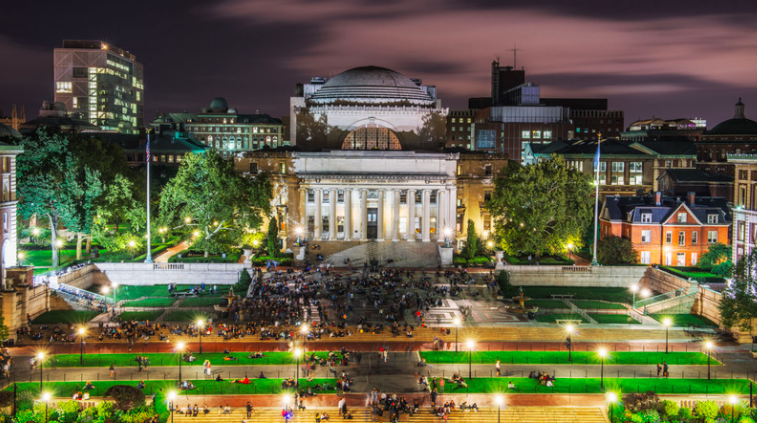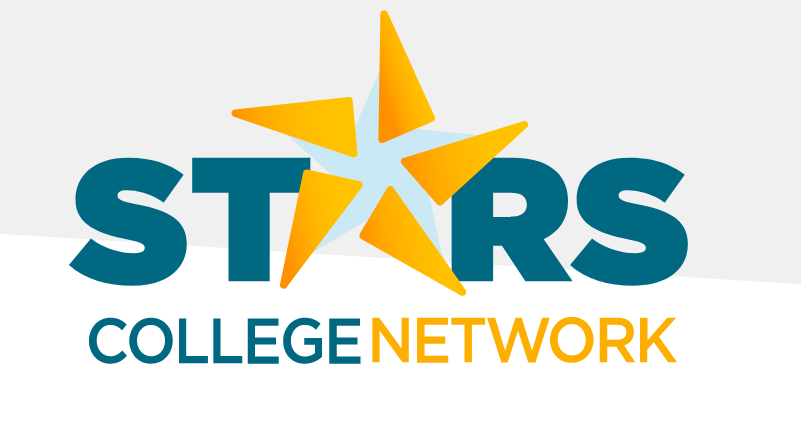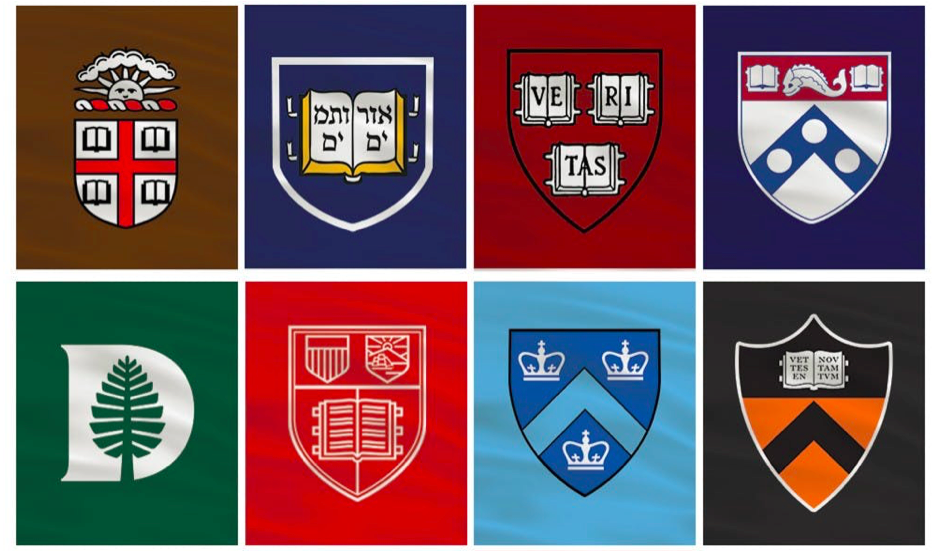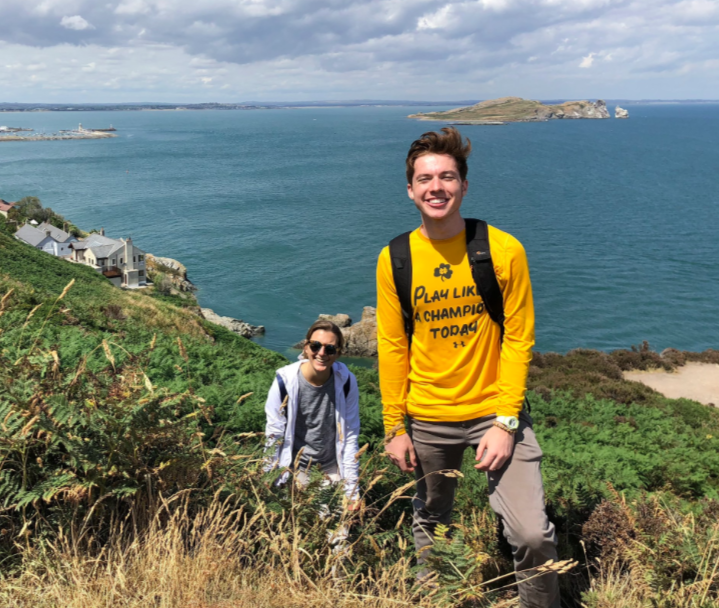
Columbia University in the City of New York has released its 2023-2024 supplemental essay prompts for first-year applicants.
All first-year applicants to Columbia will complete several Columbia-specific short answer questions, and this year’s Columbia supplemental prompts represent an intriguing mix of old, reworded, and new prompts with adjusted word-count limits.
One new Columbia short essay prompt for the 2023-2024 admissions cycle that is focused on adversity very much seems inspired by US President Joe Biden’s request for colleges to consider adversity and diversity in their admissions decisions after The Supreme Court of the United States ruled in June 2023 that colleges can no longer admit students on the on the basis of race:
In college/university, students are often challenged in ways that they could not predict or anticipate. It is important to us, therefore, to understand an applicant’s ability to navigate through adversity. Please describe a barrier or obstacle you have faced and discuss the personal qualities, skills or insights you have developed as a result. (150 words or fewer)
Also new/reworded in 2023-2024 is the following prompt:
What attracts you to your preferred areas of study at Columbia College or Columbia Engineering? (150 words or fewer) *This prompt was reworded from last year and the maximum number of words a student can use to respond has also been lowered from 200 to 150.
Three prompts that did appear in last year’s Columbia supplement but which have now been retired include:
List the titles of the books, essays, poetry, short stories or plays you read outside of academic courses that you enjoyed most during secondary/high school. (75 words or fewer) *While this prompt has been retired, a new prompt exists that condenses this prompt and the one below into one new prompt with a 100-word limit.
We’re interested in learning about some of the ways that you explore your interests. List some resources and outlets that you enjoy, including but not limited to websites, publications, journals, podcasts, social media accounts, lectures, museums, movies, music, or other content with which you regularly engage. (125 words or fewer) *While this prompt has been retired, a new prompt exists that condenses this prompt and the one above into one new prompt with a 100-word limit.
In Columbia’s admissions process, we value who you are as a unique individual, distinct from your goals and achievements. In the last words of this writing supplement, we would like you to reflect on a source of happiness. Help us get to know you further by describing the first thing that comes to mind when you consider what simply brings you joy. (35 words or fewer)
It’s important to note that most high school seniors applying to Columbia do so through the Common Application; therefore, most Columbia applicants will also need to respond – and respond well – to one of the Common App’s main essay prompts in order to be considered for admission at Columbia.
Fellow Ivy League institutions, Cornell, Dartmouth, and Yale released their supplemental essay prompts for first-year applicants earlier in July.
2023-2024 Columbia University Supplemental Prompts
Instructions
For the list question that follows, there is a 100 word maximum. Please refer to the below guidance when answering this question:
- Your response should be a list of items separated by commas or semicolons.
- Items do not have to be numbered or in any specific order.
- It is not necessary to italicize or underline titles of books or other publications.
- No author names, subtitles or explanatory remarks are needed.
For the four short answer questions, please respond in 150 words or fewer.
Questions
- List a selection of texts, resources and outlets that have contributed to your intellectual development outside of academic courses, including but not limited to books, journals, websites, podcasts, essays, plays, presentations, videos, museums and other content that you enjoy. (100 words or fewer)
- A hallmark of the Columbia experience is being able to learn and thrive in an equitable and inclusive community with a wide range of perspectives. Tell us about an aspect of your own perspective, viewpoint or lived experience that is important to you, and describe how it has shaped the way you would learn from and contribute to Columbia’s diverse and collaborative community. (150 words or fewer)
- In college/university, students are often challenged in ways that they could not predict or anticipate. It is important to us, therefore, to understand an applicant’s ability to navigate through adversity. Please describe a barrier or obstacle you have faced and discuss the personal qualities, skills or insights you have developed as a result. (150 words or fewer)
- Why are you interested in attending Columbia University? We encourage you to consider the aspect(s) that you find unique and compelling about Columbia. (150 words or fewer)
- What attracts you to your preferred areas of study at Columbia College or Columbia Engineering? (150 words or fewer)
—
For my advice on how to write wonderful responses to these 2023-2024 Columbia supplemental prompts, watch my latest video here. For overall advice on how to get into Columbia University, watch my in-depth video here.




 Columbia University has announced a new Dual Degree Program between Tel Aviv University and Columbia University, which will complement Columbia’s ongoing successful Dual BA Programs
Columbia University has announced a new Dual Degree Program between Tel Aviv University and Columbia University, which will complement Columbia’s ongoing successful Dual BA Programs  So much of what you read, watch, or hear in the media is there to make you feel like it’s impossible to get into Brown, Columbia, Cornell, Dartmouth, Harvard, Penn, Princeton, and Yale without cheating your way in or using some unsavory connection to worm your way in.
So much of what you read, watch, or hear in the media is there to make you feel like it’s impossible to get into Brown, Columbia, Cornell, Dartmouth, Harvard, Penn, Princeton, and Yale without cheating your way in or using some unsavory connection to worm your way in.


